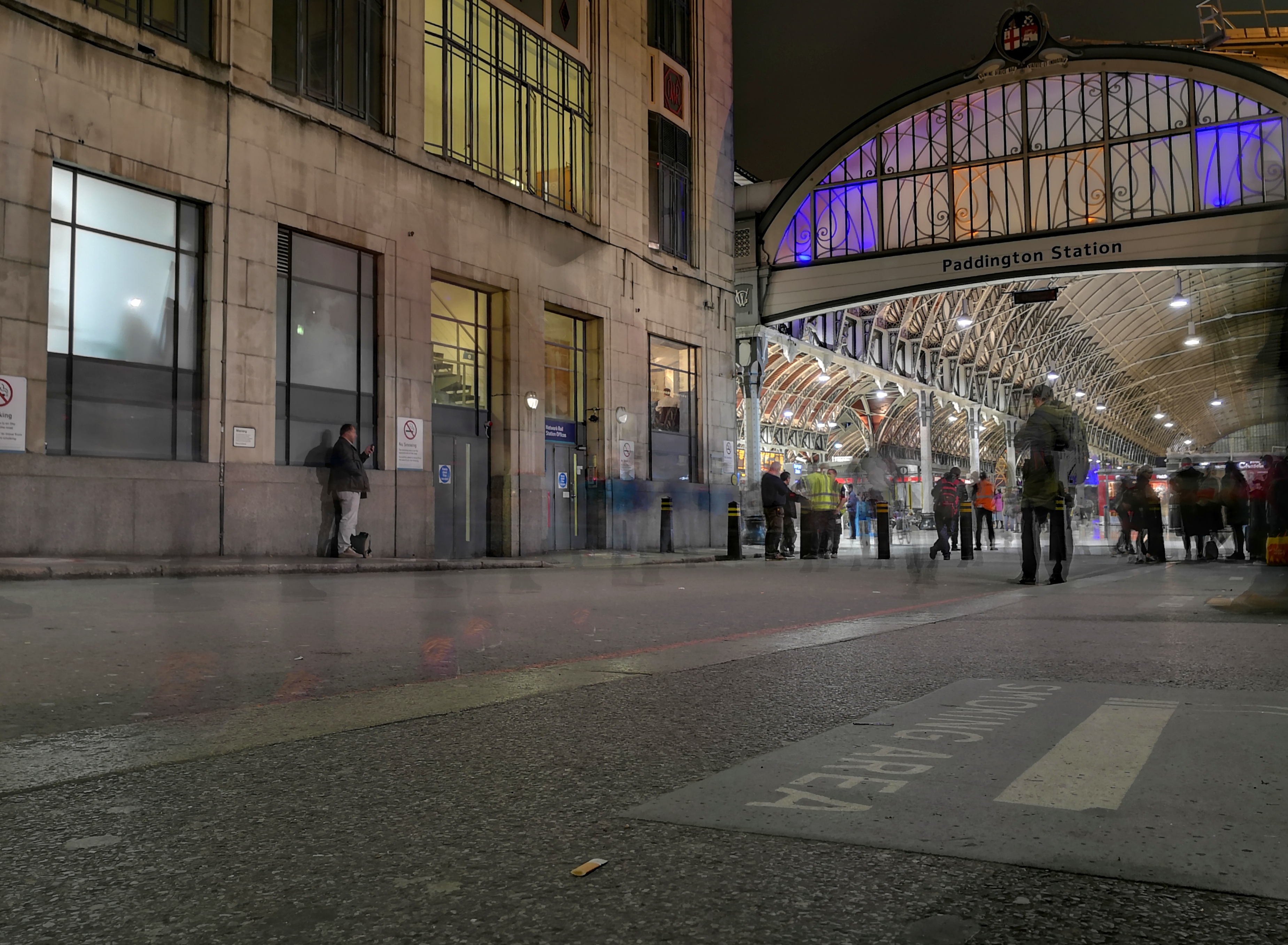Why you can trust TechRadar
Battery life
- Large 4,000mAh battery lasts a day or more
- No wireless charging
It’s unsurprising that with a 4,000mAh battery, the Huawei Mate 10 lasts a very long time.
The Mate 10's battery isn’t quite as long-lasting as the Mate 10 Pro though. It will comfortably make it through to the end of a day with regular usage and even leave you with around 15-25% juice left over to play with.
Given the screen’s 730 nits of potential brightness though, you’ll definitely want to keep tabs on your settings, keeping auto-brightness turned on when possible if you want to eke out more than a day of use.

Huawei also loads up plenty of battery saving options in the settings, from traditional modes that turn off background processes right through to resolution scaling, so you can process out the user interface at either 1080p or 720p, thereby putting less pressure on the chipset.
Note however that there's no wireless charging, which is included in a large and ever-growing number of high-end phones.
Camera
- Dual rear cameras
- Strong low light performance
The Mate 10 Pro has dual cameras, one with a 12MP color (RGB) sensor paired with optical image stabilization (OIS). The second camera has a 20MP black and white (monochrome) sensor and no OIS.
These are both loaded up with f/1.6 aperture lenses – a first for dual-camera smartphones.
Sign up for breaking news, reviews, opinion, top tech deals, and more.
It’s an identical set-up to that found on the Mate 10 Pro, and one that should result in excellent low-light performance based on the numbers.
Luckily for Huawei, it does, with image processing and detail in middling to low light faring very well. While there is grain, the Mate 10 strikes a good balance of detail and noise reduction.

Pictures are taken at a default resolution of 12MP and can be bumped up to 20MP thanks to that secondary monochrome sensor.
Focus and color accuracy are both excellent, though a tendency to overexpose shots slightly and worse dynamic range than the likes of the Google Pixel 2 XL mean it falls just behind the front runners in good light.
Detail in macro shots is very good, as is autofocus. Should the situation prove challenging, there’s also manual focus to help things along, which is a huge help.
The Mate 10 and Mate 10 Pro also support a new ‘AI zoom’ feature. This results in digital zoom that can even trump the iPhone 8 Plus’s optical zoom in certain conditions.
Go beyond the traditional shooting modes and the Huawei Mate 10 really comes into its own.
A bokeh effect blurs out the background and offers a bit more flexibility than rival systems once the shot is taken.

There’s also full manual support across photo and video, from 30-second manual shutter speeds through to manual video at up to 4K resolution.
Semi-automatic modes are also spot-on, with an intelligent night mode that composites instances of a scene to create eerily dynamic shots.
Light painting modes make the phone feel like a pocketable enthusiast camera, and a useful document mode that resizes and orients pictures of documents turns the Mate 10 into a mobile scanner.
The results from the 8MP front camera are also good, with pictures capturing a decent amount of detail and beauty modes dialled back by comparison to older Huawei smartphones.
The front camera can also capture up to 1080p video too, making it competitive, albeit not class-leading.
Camera samples
Current page: Battery life and camera
Prev Page Introduction, key features and design Next Page Anything else I should know?
Basil Kronfli is the Head of content at Make Honey and freelance technology journalist. He is an experienced writer and producer and is skilled in video production, and runs the technology YouTube channel TechEdit.






